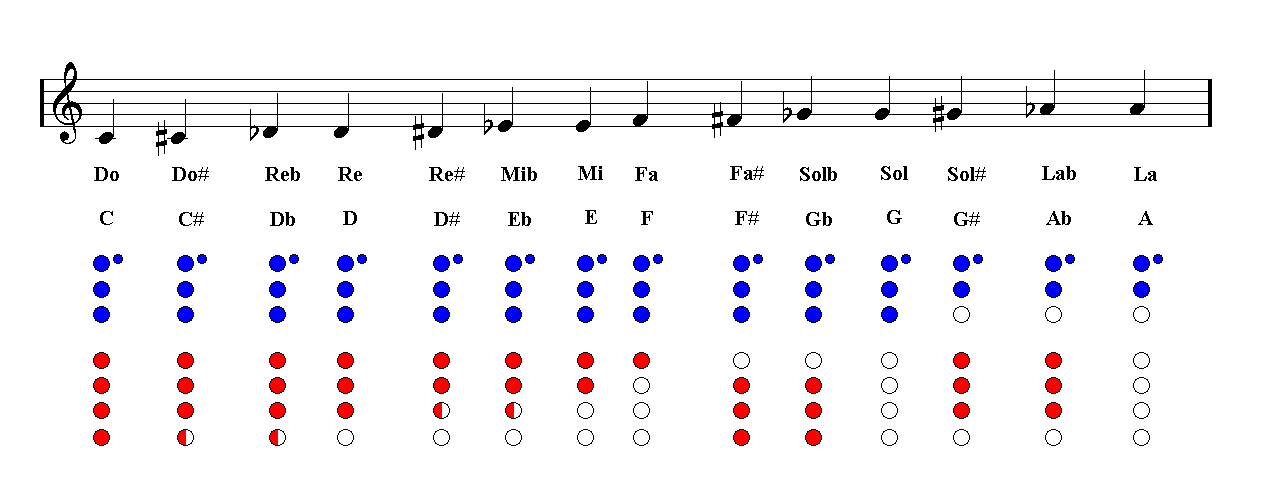
- #G note recorder in gia full#
- #G note recorder in gia series#
The fingering chart for an F# is: 0 123 - 56.
To play F#: Use the same positioning as for a D note, but this time remove your right index finger from the fourth hole from the top, leaving all other fingers in place. The fingering chart for a D note is: 0 123 456. To play D: Use the same positioning as for an E note, but this time place your right ring finger on the sixth hole from the top. The fingering chart for an E note is: 0 123 45. To play E: Cover the back hole with your left thumb, cover the top three holes with your left index, middle and ring fingers, then place your right index finger on the fourth hole from the top and your right middle finger on the fifth hole from the top. These two notes can be a little tricky for new players as lot of holes need to be covered at once when playing them. The next two notes that you will learn to play with your right hand are F and C. The first notes that you will learn to play using your right hand are E, D and F#. To play D': Leave the back hole uncovered and place your left middle finger on the second hole from the top. To play C': Cover the back hole with your left thumb, then place your left middle finger on the second hole from the top. The fingering chart for a G note is: 0 123. To play G: Use the same positioning as for an A note, but this time place your left ring finger on the third hole from the top. The fingering chart for an A note is: 0 12. To play A: Use the same positioning as for a B note, but this time place your left middle finger on the second hole from the top. The apostrophe at the top right hand corner of these notes indicates that they are high notes. 
The next two notes that you will play with your left hand are C' and D'. The first notes that you will learn to play using your left hand are B (which you just played), A and G.
#G note recorder in gia series#
This series includes audio files of the highest quality, is adaptable to the individual needs of your students, and features appropriate sequencing of activities to help students progress from sound to sight.Learn the left hand notes.
There is an extensive Teacher’s Guide and coordinating rhythm flashcards and a rhythm flashcard app. Provides procedures for assessing performance (criterion etudes, rating scales, and embedded assessment) and knowledge (multiple choice, true-false, matching, and fill in the blanks). The procedures for learning music notation and music theory for reading, writing, arranging, and composing. Offers in-depth procedures for playing by ear and improvising-a unique and distinctive aspect of the series. #G note recorder in gia full#
Includes full range fingering charts based on solfège and note names and a chromatic fingering chart based on note names.Uses both duple and triple meters-2/4, 4/4, cut time, 6/8, 3/8, and 3/4.Uses major and minor tonalities-G major, E minor, F major, B-flat major, and G minor.The audio files include (1) articulation exercises, (2) songs, bass lines, harmony parts, and accompaniments, (3) tonal patterns (neutral syllable and solfège syllables based on function), (4) rhythm patterns (neutral syllable and rhythm syllables based on function), (5) melodic patterns and accompaniments, and (6) musical enrichment (30 songs performed on recorder with accompaniments for students’ performance). Available in two editions: one with access to Online Audio Files and one without.Contains recordings and notation for over 300 folk songs and classical melodies from many cultures in a variety of tonalities, meters, and styles.Songs are notated and performed at musical tempos with characteristic rhythms.There are 42 songs for listening and performing with accompaniments.Also appropriate for college teachers who teach instrumental methods classes, vocal-general methods, and aural skills classes.

Appropriate for the following classes: elementary instrumental, general music at elementary, middle school, and high school.
 The series is research based and field tested. The third revision of Jump Right In is easier to use and as musical as ever! Highlights include the following:
The series is research based and field tested. The third revision of Jump Right In is easier to use and as musical as ever! Highlights include the following:







 0 kommentar(er)
0 kommentar(er)
